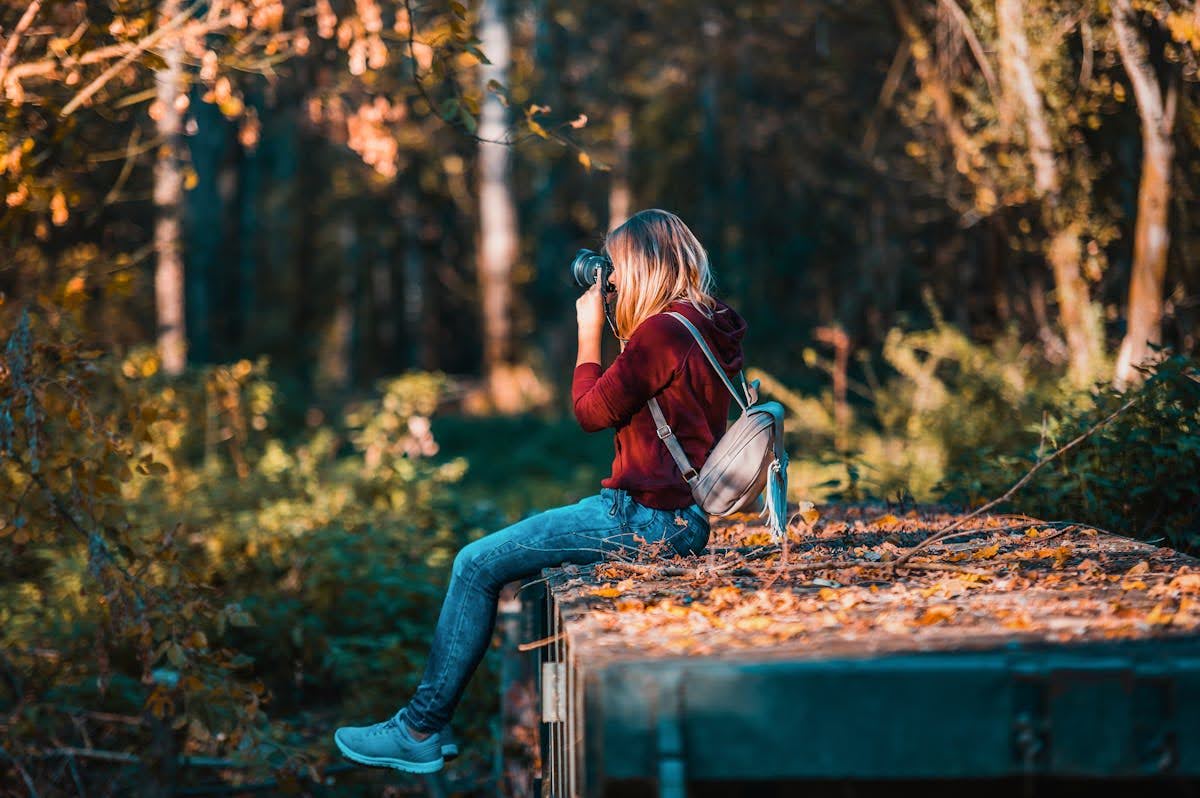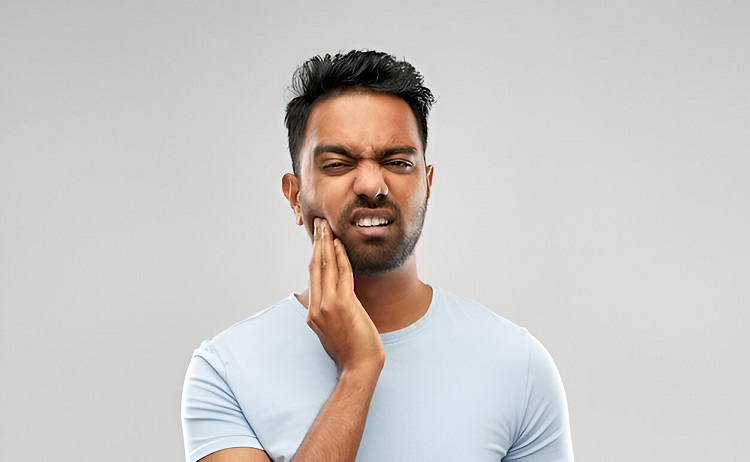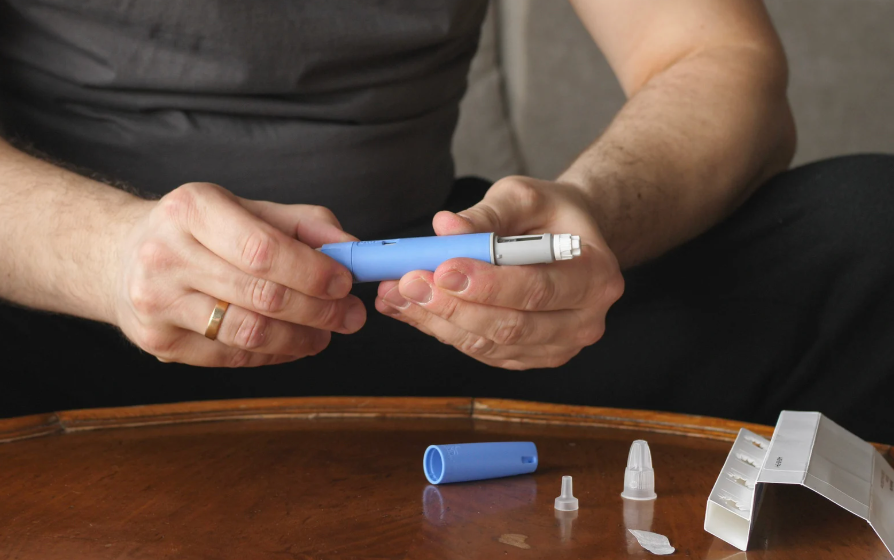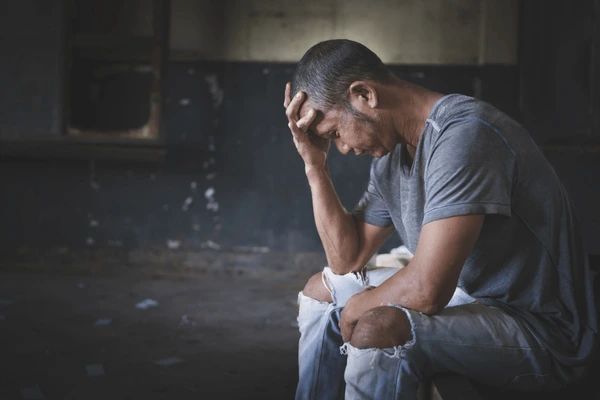As mental health challenges continue to mount among teenagers and young adults, alarming new data shows the crisis is deepening on both sides of the Atlantic. Suicide has now become the second leading cause of death among young people, tragically claiming the lives of over 1,000 adolescents in Europe every year. And according to a new international survey by Hidden Strength, a free mental health app designed for young people, more than 75% of those aged 14 to 24 say they are currently struggling with their mental health.
The survey, which polled youth across the United States and United Kingdom, paints a sobering picture of what many mental health professionals are calling a silent epidemic. Among the most concerning findings:
- 75.6% of respondents said they currently face mental health challenges.
- 81.4% of girls reported struggling with their mental health, compared to 69.8% of boys.
- 65.6% of respondents turn to platforms like TikTok and YouTube as their primary sources of mental health support.
For Linsey Lunny, CEO of Hidden Strength, the findings reinforce a worrying trend: that a growing number of young people are turning to unregulated social media content to cope with complex mental health issues.
“It’s clear that young people and adults alike are visiting platforms like TikTok or YouTube to get answers and support for their mental health,” says Lunny. “However, the social media of today needs more checks and balances. There needs to be an alternative for young people to go that allows them to get professional help when they need it.”
The Digital Double-Edged Sword
While digital platforms can offer validation and peer support, experts caution that relying on them for mental health guidance comes with risks. Misinformation, harmful trends, and comparison culture can worsen symptoms of anxiety and depression, especially among teenage users. Algorithms designed to keep users engaged can often push them deeper into cycles of distress, with few pathways to professional care.
Hidden Strength’s report highlights the urgency of creating safer, youth-friendly mental health spaces online—ones that blend accessibility with credibility. The app itself was designed to be a free, supportive environment where young people can access expert resources without fear of stigma or judgment.
A Gendered Disparity
The survey’s gender breakdown reveals a disproportionate burden on girls and young women. Over four out of five girls reported struggling with their mental health, a figure significantly higher than that of boys. While the reasons are multifaceted, pressures related to body image, social comparison, and online harassment are often cited as key contributors.
A Call for Structural Change
Mental health professionals and advocates say that while apps like Hidden Strength provide an important stopgap, they shouldn’t have to carry the burden alone. There’s growing consensus that governments, schools, and healthcare systems must work in tandem to expand access to youth mental health services.
In the U.K., the National Health Service (NHS) has faced criticism for long wait times and limited services for young people. In the U.S., many young adults lack access to affordable mental health care altogether, particularly those who are uninsured or underinsured. And across both countries, the stigma around mental illness continues to discourage many from seeking help early.
Meeting the Moment
As rates of anxiety, depression, self-harm, and suicidal ideation climb, the data from Hidden Strength confirms what many parents, educators, and advocates have sensed for years: young people are hurting, and they need help—real, professional, and immediate help.
“Social media can be a very useful way to find people who are going through similar experiences as you, which creates a sense of community. This helps people who feel isolated and alone. However, the social media of today needs more checks and balances. There needs to be an alternative for young people to go that allows them to get professional help when they need it.”
In a world where likes, shares, and algorithms increasingly shape self-worth, it’s more important than ever to ensure young people know where to turn when things get hard. With the right resources, and a collective commitment to prioritizing youth mental health, hope is still within reach.









